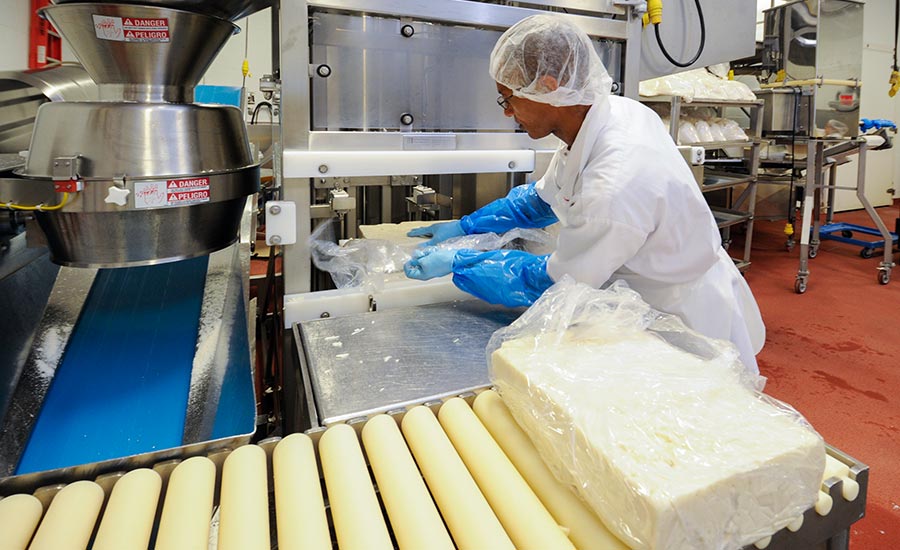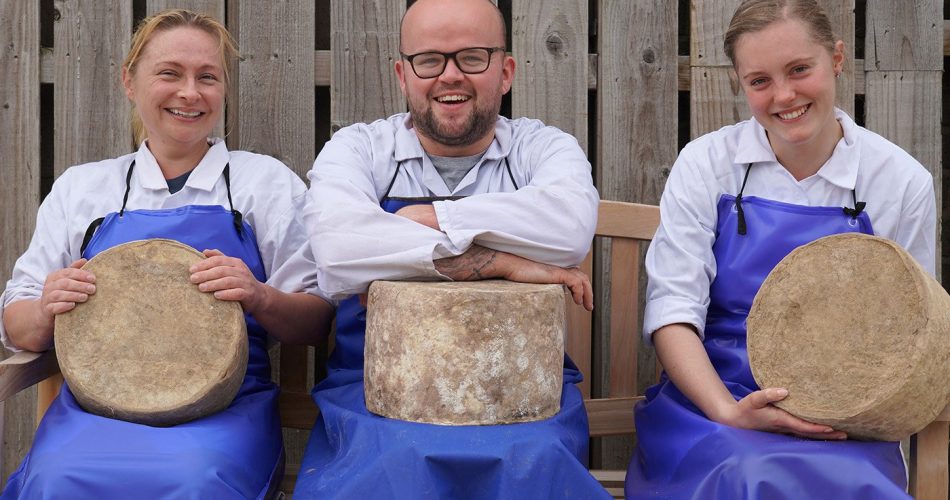Opening the Secrets of Artisanal Cheese Making: A Step-by-Step Do It Yourself Overview
In the realm of culinary workmanship, artisanal cheese making stands as a testimony to the fragile balance between custom and development. As we begin on this trip to demystify the art of creating elegant cheeses, we are faced with a tapestry of abilities and tricks waiting to be unwinded.
Picking the Right Milk
When embarking on the trip of artisanal cheese production, the selection of milk plays an essential duty in identifying the top quality and characteristics of the last item. The type of milk selected impacts the taste, structure, and overall account of the cheese.
When choosing milk for cheese production, it is essential to take into consideration the fat web content. Higher fat material in milk can lead to a creamier and richer cheese, while reduced fat web content might result in a drier and firmer structure. Furthermore, the resource of the milk, whether from cows, goats, sheep, or buffalo, adds unique flavors and qualities to the cheese (Floridia Cheese Thomastown). Each kind of milk brings its very own subtleties, enabling for a wide variety of cheese selections to be crafted based on the chosen milk. Ultimately, the option of milk is a fundamental choice that sets the structure for an effective artisanal cheese-making undertaking.
Culturing and Coagulating
To launch the cheese-making process, the crucial actions of culturing and coagulating should be carefully carried out to change milk into curds and whey. The kind of society utilized can considerably influence the taste, appearance, and ripening of the last cheese item.

The timing and temperature level control during culturing and coagulation are essential factors that influence the last end result of celebrity. Correct execution of these steps is important to make certain the wanted texture, flavor, and uniformity of the artisanal cheese being produced.
Draining Pipes and Pushing Curds
After the milk healthy proteins have actually coagulated and the curds have been cut to launch whey, the following crucial step in artisanal cheese making includes draining pipes and pressing the curds to attain the desired texture and uniformity of the final cheese item. Draining pipes is the process of separating the curds from the whey. This can be done by transferring Bonuses the curds right into a cheesecloth-lined colander or mold and allowing the whey to drain pipes off normally. The time for draining can differ depending on the sort of cheese being made and the desired wetness content.
Pressing aids remove any type of staying whey and compacts the curds to create a solid cheese wheel. Appropriate pushing and draining are vital steps that dramatically affect the top quality and features of the artisanal cheese being generated.
Aging and Flavoring Techniques
Executing meticulous aging and flavoring methods is critical in enhancing the deepness and complexity of artisanal cheeses, boosting their taste accounts to charming levels of refinement and elegance. Aging plays an essential function in creating the one-of-a-kind flavors and structures that click for source distinguish artisanal cheeses. Throughout the aging process, cheeses are saved in carefully controlled environments where factors such as temperature level, humidity, and airflow are controlled to encourage the growth of helpful mold and mildews and bacteria. This controlled setting allows celebrity to grow gradually, creating rich tastes and complicated fragrances.
Seasoning methods likewise contribute considerably to the last taste of artisanal cheeses. Cheesemakers might choose to introduce added tastes by integrating components such as natural herbs, seasonings, or even fruits into celebrity throughout the manufacturing process. In addition, some cheeses are cleaned or rubbed with numerous liquids, such as brine or alcohol, to enhance their structures and flavors.
Wrapping and Saving Cheeses

Verdict
In final thought, grasping the art of artisanal cheese making includes very carefully selecting the right milk, complying with specific culturing and coagulating processes, draining pipes and pressing curds properly, and utilizing numerous aging and flavoring methods. Remember to wrap and keep your cheeses properly to make sure optimal flavor and texture advancement.
Each kind of milk brings its very own nuances, allowing for a wide range of cheese varieties to be crafted based on the picked milk.After the milk healthy proteins have actually coagulated and the curds have been reduced to release whey, the next crucial action in artisanal cheese making involves draining pipes and pushing the curds to achieve the preferred texture and uniformity of the last cheese product. Most cheeses ought to be covered in wax paper or cheese paper to allow them to breathe while safeguarding them from drying out. For cheeses that require to proceed aging, such as bloomy skins or cleaned peels, guarantee they are kept in a great setting like a cheese cave or a refrigerator established to the suitable temperature level. By paying focus to the covering and storage of artisanal cheeses, cheese makers and enthusiasts can protect the stability of these delicacies and totally enjoy their intricate tastes.